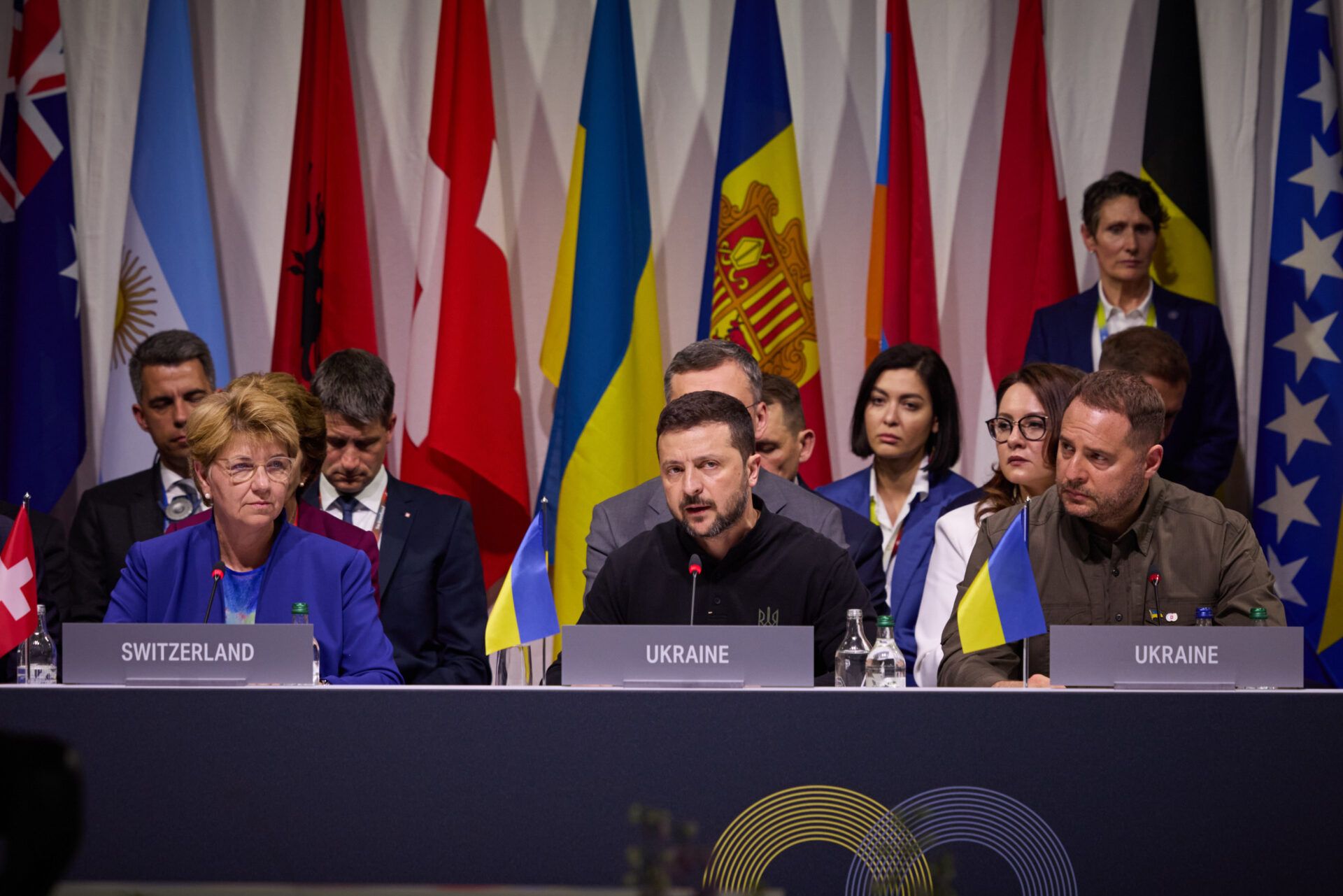Stalemate Persists in Ukraine-Russia Talks as Diplomatic Hurdles Block Resolution Efforts

No Progress Toward Ukraine–Russia Talks as Stalemate Endures
The ongoing situation between Ukraine and Russia remains unchanged as the prospect of high-level communication remains off the table. Recent remarks from Ukrainian leadership underscore that no new discussions are expected in the immediate future, highlighting the complexities inherent in reaching any resolution. The latest announcement came after a major diplomatic event in Rome, where international attention focused squarely on the lack of movement in the conflict’s diplomatic channel.
At the center of this development is the unfulfilled completion of previously agreed exchanges. According to official statements, the primary reason for not advancing to the next stage of dialogue is that earlier arrangements—specifically involving exchanges—have yet to be honored. This forms a critical barrier, as the sequential nature of these agreements means that any progress toward cessation or compromise is contingent on the fulfillment of such obligations. The situation is compounded by ongoing discussions about the conditions required for direct communication at the highest level, revealing that both sides remain entrenched in their positions with limited appetite for compromise at this stage.
The broader context includes substantial changes to military posturing and national security policies. Recent reports suggest that a significant enlargement of Russian military personnel is under consideration, increasing current levels by 300,000 service members. Such figures reflect the scope and seriousness of the conflict from Moscow’s perspective. The expansion aligns with a broader pattern of mobilization and readiness, reinforcing the signal that both sides are preparing for a lengthy period of heightened tension rather than imminent reconciliation. This shift transforms the strategic landscape, raising new questions about resource allocation, recruitment, and the sustainability of prolonged engagement.
Throughout the past months, the international environment has seen intermittent attempts to broker progress, including discussions about prisoner exchanges and humanitarian corridors. Nevertheless, these efforts have consistently run into obstacles, with neither side willing to offer significant concessions without reciprocal actions. This impasse is mirrored in official communications, where Ukrainian leaders reaffirm the link between completed exchanges and any resumption of direct dialogue. Meanwhile, the opposing side has put forward memorandums that largely reiterate established positions without significant deviation or accommodation, reflecting a negotiation process where core demands remain unchanged.
Underlying these developments are key concepts central to the diplomatic process. The term ‘exchange’ in this context typically refers to the return of prisoners of war or specific individuals as part of broader confidence-building measures. Such steps are designed to establish a minimum level of trust needed to open substantive talks. However, delays or non-completion of these preliminary agreements frequently stall further progress. In parallel, the emphasis on military capacity signals a prioritization of leverage over dialogue, as each side seeks to strengthen its position both on the ground and at the negotiating table.
Critical moments over the last year have included the drafting and submission of proposals, the exchange of memorandums, and periodic confidence-building measures that, while limited, indicate a willingness to keep channels open. Still, the fundamental divide over territory, sovereignty, and security guarantees has prevented the dialogue from moving forward in a substantial way. External actors have occasionally participated in mediation efforts, but so far, these interventions have not produced the groundwork necessary for direct communication to resume at the highest level.
As conditions on the ground and at the diplomatic level continue to evolve, the region remains locked in a cycle driven by military preparations and incomplete agreements. The core obstacle stems from the sequential, trust-dependent structure of negotiations, with successful completion of initial exchanges representing a non-negotiable precondition for any subsequent talks. Until these are fulfilled, the prospect of meaningful communication remains remote.
The current dynamics highlight the complexity of brokering peace in an environment marked by mutual suspicion, high-stakes military planning, and deeply entrenched political objectives. With both sides signaling readiness for prolonged endurance rather than rapid settlement, the situation remains fluid but static, pointing to an extended period of uncertainty before any substantive change in the diplomatic landscape can be expected.
